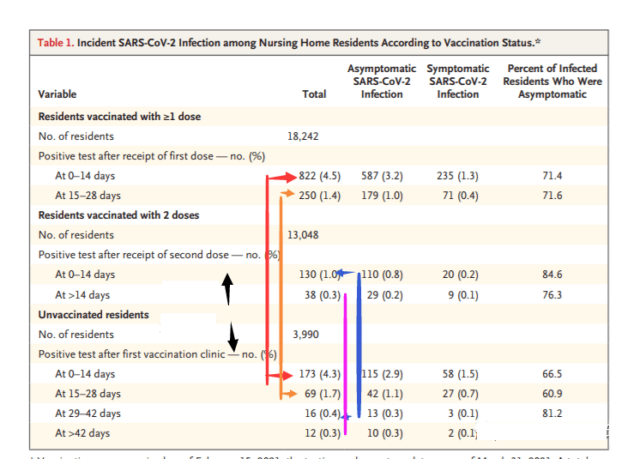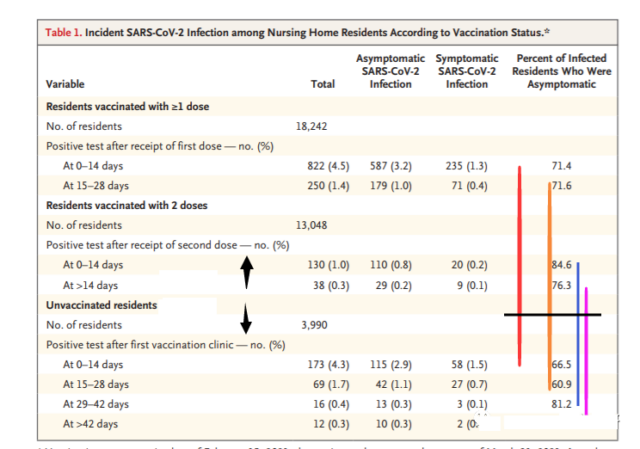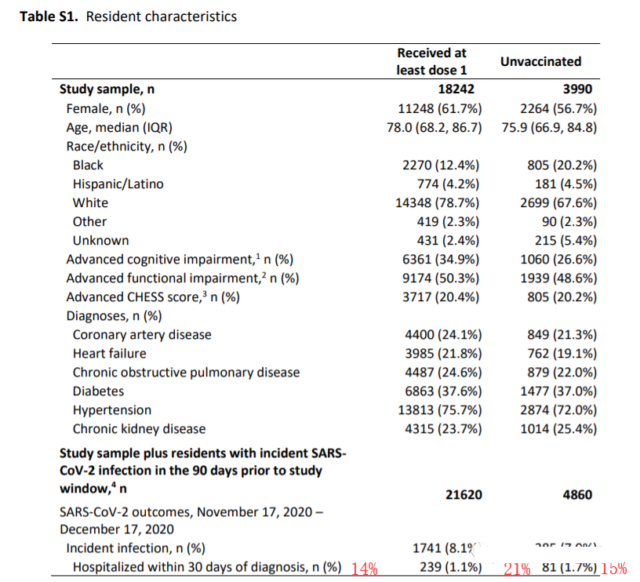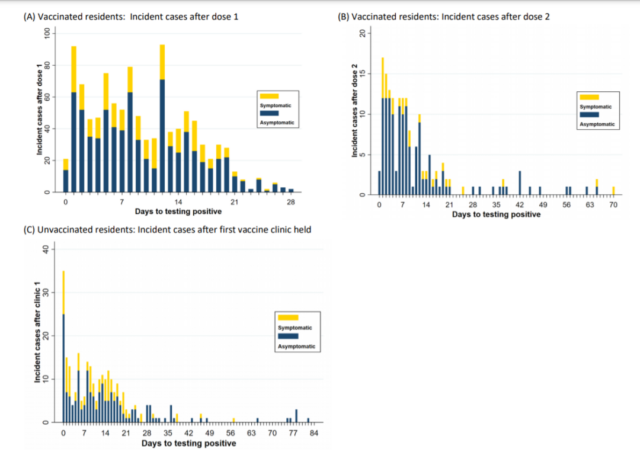NEJM: Community that has established herd immunity against COVID-19
- Normal Liver Cells Found to Promote Cancer Metastasis to the Liver
- Nearly 80% Complete Remission: Breakthrough in ADC Anti-Tumor Treatment
- Vaccination Against Common Diseases May Prevent Dementia!
- New Alzheimer’s Disease (AD) Diagnosis and Staging Criteria
- Breakthrough in Alzheimer’s Disease: New Nasal Spray Halts Cognitive Decline by Targeting Toxic Protein
- Can the Tap Water at the Paris Olympics be Drunk Directly?
NEJM: What is the community that has established herd immunity against COVID-19? Completely unexpected!
NEJM: Community that has established herd immunity against COVID-19. NEJM article reveals the answer.
The purpose of vaccination is to establish herd immunity. In this case, the transmission route will be blocked by the immunized population, thereby achieving the goal of controlling the epidemic.
We already know that vaccination can not only significantly reduce the chance of infection with symptomatic COVID-19, but also significantly reduce the chance of an infected person becoming severely ill.
But we do not yet know what will happen to the unvaccinated people who have established a herd immunity community.
On May 19, 2021, the most well-known medical journal, the New England Journal of Medicine (NEJM), published an article from Brown University in the United States, reporting the real-world vaccine protection of 280 nursing home residents in 21 states after being vaccinated with mRNA vaccines.
Because this study paid special attention to the infection of unvaccinated people, and nursing homes are a relatively closed community, once the article was published, it immediately received widespread attention.
Among the elderly in these nursing homes, 18,242 elderly received at least one dose of mRNA vaccine, of which 13,048 received two doses of vaccine; another 3,990 residents were not vaccinated. As a result, 82% of people who have received more than one dose of the vaccine; 58.7% of people who have been fully vaccinated.
Among the vaccinated population, 14,669 residents (80.4%) received the Pfizer/BioNTech vaccine with a 3-week interval between the two doses; 3,573 people (19.6%) received the American Moderna vaccine with a 4-week interval between the two doses.
The results show that:
1. The infection rate of vaccinated residents and non-vaccinated residents has decreased over time.
After the first dose of the vaccine, 822 people (4.5%) from the vaccine were infected within 0 to 14 days, and 250 people (1.4%) from 15 to 28 days.
Of the 13,048 residents who received two doses of the vaccine, 130 people (1.0%) were infected within 0 to 14 days after receiving the second dose. Only 19 people (0.3%) were infected 14 days after the second vaccination.
Among those who have not been vaccinated, after the community starts vaccination, the proportion of infection at the corresponding time is 4.3%, 1.7%, 0.4%, and 0.3%.
In other words, with the promotion of vaccination, the proportion of infected people in the community gradually decreases regardless of whether they are vaccinated; and the probability of infection is not much different.
Specifically, you can see that we have marked the time points corresponding to the vaccinated and non-vaccinated populations in the figure below.

2. Regardless of whether vaccinated or not, residents infected with COVID-19 have a high percentage of asymptomatic infections
In the figure above, we have specially marked the proportion of asymptomatic infections in the two groups, showing that after the second vaccination, the difference in the proportion of asymptomatic infections between the two groups is not obvious.

This may be difficult to understand.
Residents who have been vaccinated with antibodies will have mild symptoms even if they are infected with COVID-19. This is what it should be.
Residents who have not been vaccinated have no antibodies. Why do they have mild symptoms in the case of herd immunity?
In order to further verify and explain this set of data. We extracted the data in the appendix of the paper.
An analysis of the characteristics of the residents of this community shows that before vaccination, the chance that elderly people in nursing homes are severely ill (need to be hospitalized) after being infected with COVID-19 is 15%.
It shows that the elderly in nursing homes were infected with COVID-19 before vaccination, and their condition became very mild after herd immunity.
This trend can be seen more clearly from the proportion of asymptomatic infections after vaccination. That is, with vaccination, the symptoms of infected people in the community are significantly reduced regardless of 
This article actually answers another question that we have been paying attention to: the establishment of herd immunity can not only protect non-vaccinated people from infection, but also reduce the severity of their illness.
Editor’s note:
This NEJM study shows that the establishment of herd immunity benefits not only vaccinators; non-vaccinators also have a proportional reduction in infection rate and a significantly improved severity of illness after infection.
This is the real world we expect.
(source:internet, reference only)
Disclaimer of medicaltrend.org



